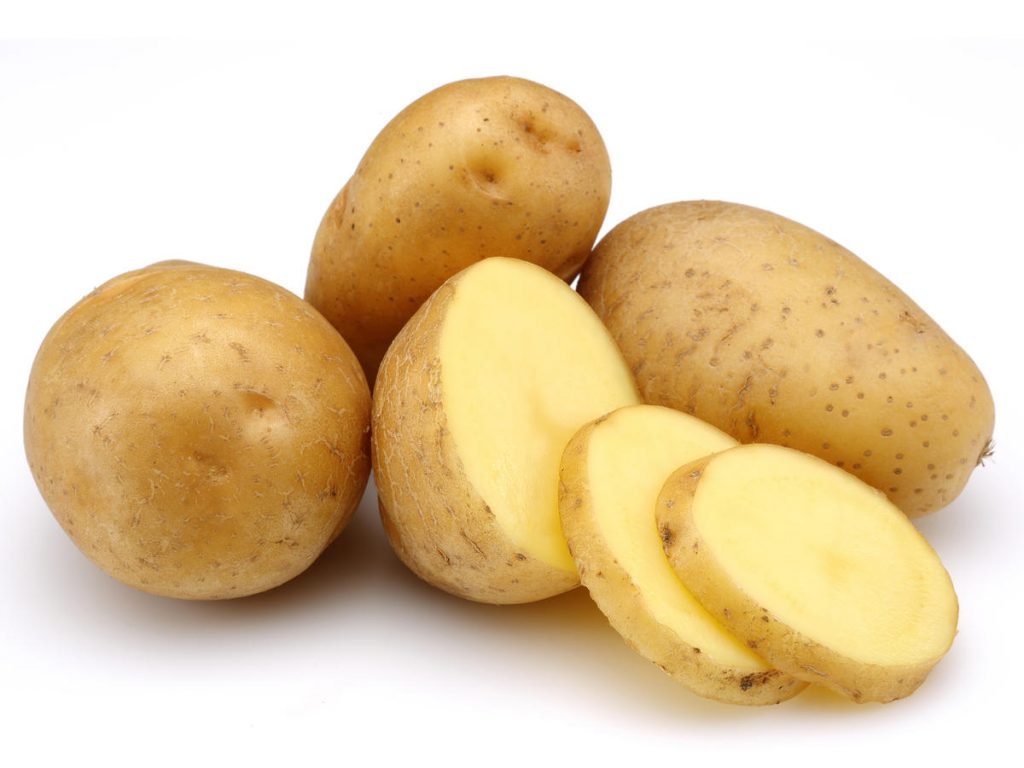In a thesis entitled “Study and Characterization of Microstructural and Physio-chemical properties of potato products for 3D Food Printing,” author Iman Dankar discusses the conduction of a study of the 3D printing properties of a common food – mashed potatoes. Potato starch is unique among other starches, the author says, in that it has large granules and high swelling power thanks to the presence of a high level of phosphate groups that are covalently linked to the C6 and C3 positions of the glucose monomers. Potatoes can be modified in various ways through cooking and the addition of other ingredients, creating various textures and consistencies.
Dankar points out various reasons for 3D printing food, from making it more accessible to people with difficulty swallowing to making it more appealing to children.
“The main purpose of this thesis was to determine and optimize the ideal conditions for best extrusion 3D printing and best printed end product, by characterizing the physical, chemical, microstructural and rheological properties of the material mixture to be printed, in this case potato puree combined with different food additives, in complementary with optimizing the printing process parameters its self,” Dankar explains.

The influence of the substrate and shape design on 3D printed products of potato puree alone or with additives when is extruded at 4mm nozzle. Fig 3(a, b) Influence of substrate printed: (a) potato puree with 0.5% alginate, (b) potato puree alone, Fig 3 (c, d, e) Influence of shape design (c) potato puree with 1% alginate, (d) potato puree alone at primary stages of printing and (e) potato puree alone at final stages of printing.
To fulfill the main objective, the following particular objectives were determined:
- Assessing the changes induced by food additives on the microstructure and rheological properties of potato puree
- Understanding the changes tempted by food additives on potato puree in terms of the internal molecular level
- Characterizing the mechanical energy and specific mechanical energy of each blend, and relating all the previous characteristics while performing 3D printing trials while optimizing some process parameters of the 3D printer in accordance of the printed substrate as well
- Analyzing the effect of cooking treatment (microwave and boiling) and water presence on the molecular structure of starch in an attempt to develop such a material (this time potato tubers) for 3D printing
- Interpreting the effect of different additives inserted as well as cooking treatment (microwave and boiling) on the mechanical, rheological and microstructure aspects of potato tubers, while identifying the substrate blend with the ideal characteristics for best 3D printing
The study found that the additives agar and alginate stabilized the potato puree, while glycerol and lecithin demonstrated a destabilizing effect. Cooking processes affected the rheological properties of the potatoes; microwaved samples expressed higher values than boiled potato samples in terms of viscosity, yield stress and thixotropy. The addition of olive oil acted as an emulsifier and decreased the viscosity and yield stress in both microwaved and boiled samples.

Microscopic observations (10x) of (a) boiled potato, (b) microwaved potato and(c) raw potato stained with Lugol’s iodine solution
The best conditions for 3D printing potatoes were achieved with a 4mm nozzle size and a 0.5 cm critical nozzle height using a printing material made from potato puree and alginate or agar. All of the samples achieved relatively good printability, but the best printability was achieved with a mixture of potatoes and butter.
“Commercial potato puree samples prepared from mashed potatoes and combined with different food additives at different concentrations possessed all non-Newtonian, shear-thinning behavior, which is favorable for the flow behavior through a syringe during extrusion 3D printing,” Dankar concludes.
Overall, Dankar determined that potatoes are a strong candidate for 3D printing overall, with or without any number of additives.
Discuss this and other 3D printing topics at 3DPrintBoard.com or share your thoughts below.
Subscribe to Our Email Newsletter
Stay up-to-date on all the latest news from the 3D printing industry and receive information and offers from third party vendors.
Print Services
Upload your 3D Models and get them printed quickly and efficiently.
You May Also Like
3D Printing News Briefs, July 2, 2025: Copper Alloys, Defense Manufacturing, & More
We’re starting off with metals in today’s 3D Printing News Briefs, as Farsoon has unveiled a large-scale AM solution for copper alloys, and Meltio used its wire-laser metal solution to...
Etsy Design Rule Change Reduces Selection of 3D Printed Goods
Online marketplace Etsy has implemented a rule change requiring all 3D printed goods on the site to be original designs. The update to the site’s Creativity Standards states, ¨Items produced using...
Siraya Tech Introduces New Elastomer 3D Printing Materials, Including Foaming TPU
California company Siraya Tech, founded in 2019 with a focus on material science, customer focus, and agility, develops high-quality 3D printing materials that meet the needs of creators, hobbyists, and...
3D Printing News Briefs, April 12, 2025: RAPID Roundup
The news from last week’s RAPID+TCT in Detroit just keeps on coming! That’s why today’s 3D Printing News Briefs is another RAPID Roundup of more exciting announcements from the trade...


































